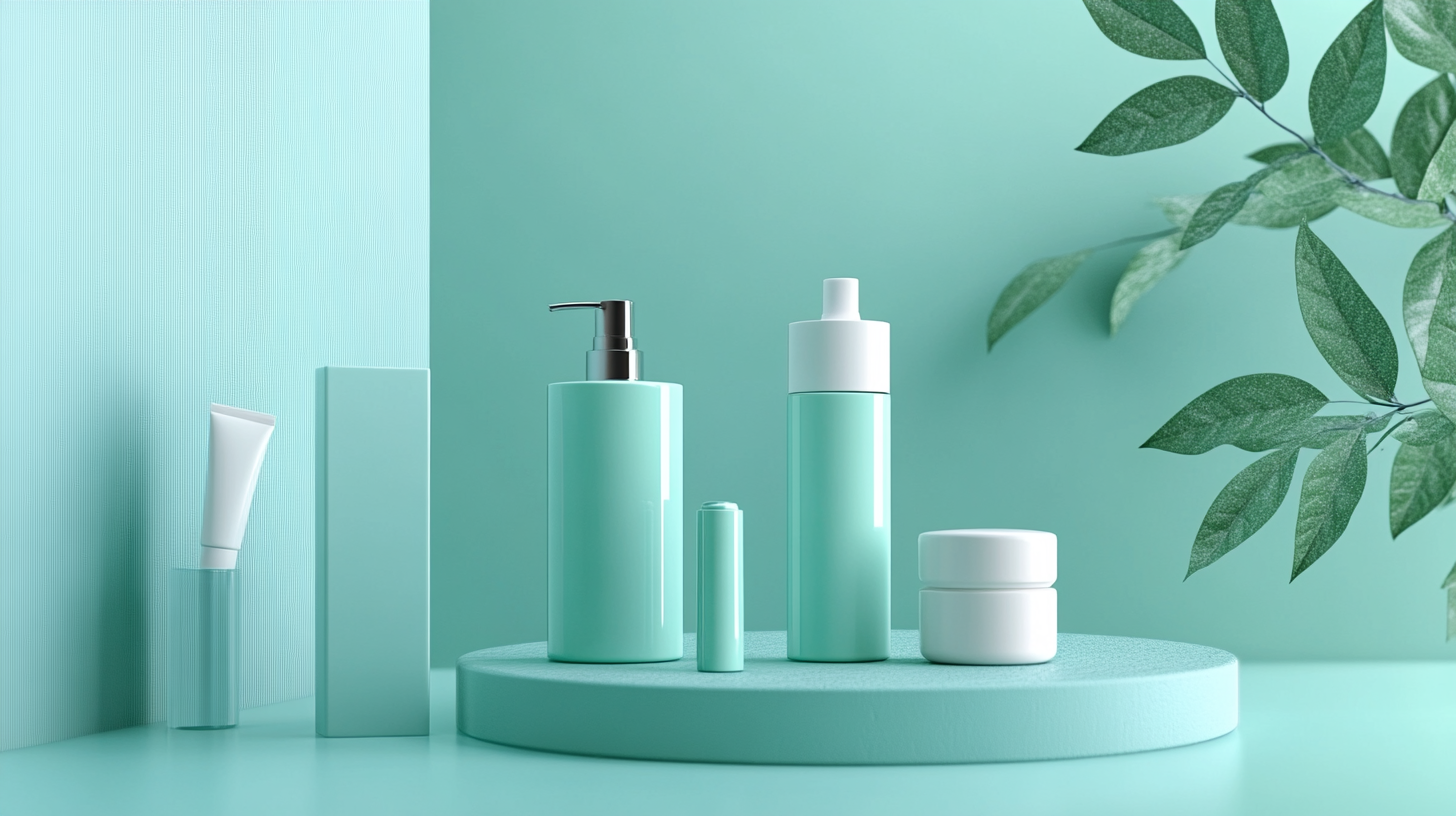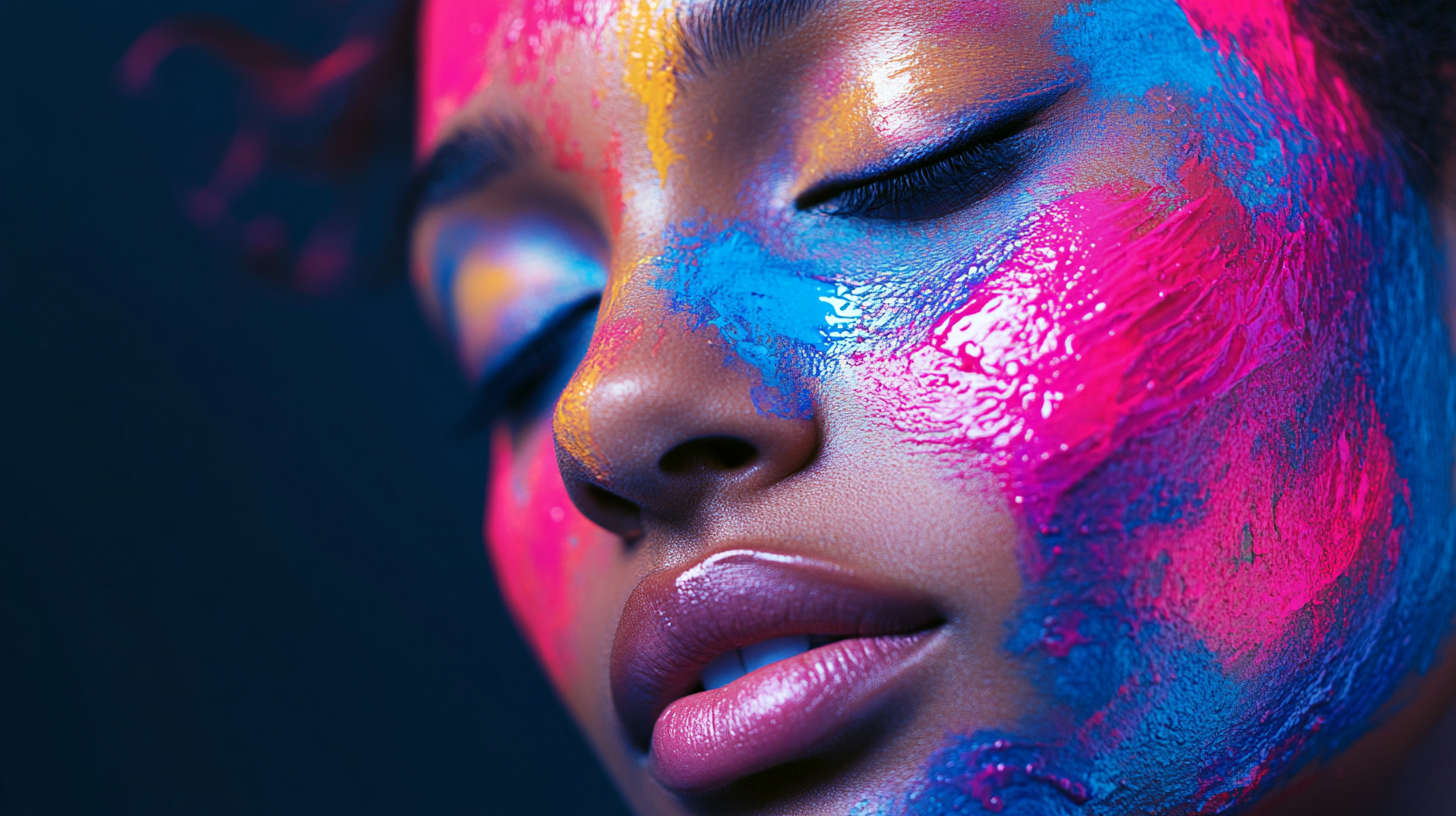Unlocking the Global Skin Care Market Potential with a Focus on Consumer Trends and Emerging Ingredients
Global Skin Care Market to Accelerate Unprecedented Growth: Expected to Reach USD 189.3 Billion by 2025,, as per Grand View Research report. The trend is primarily due to changing consumer trends-heightened awareness of skin health, along with a shift to clean, sustainable ingredients. Even the "self-care" movement sparked consumers to spend more on skin care routine, pursued products having high efficacy along with environmental friendliness. As brands nurture these evolving preferences, soon enough, the grasp of consumer understanding becomes critical for an owner's effective management of this dynamic landscape.
Emerging ingredients reform the skin care industry because of the growing attachment of natural components like plant extracts and new types of formulation. The report paints a picture of near dominance of products containing active ingredients like hyaluronic acid and retinoids as market leaders to satisfy consumers' desire for efficacy and transparency. The rise of e-commerce and social networks has changed how consumers discover and buy skin care products. All these changes made it very important that brands also revise their marketing strategies. Of course, companies would be able to unlock the potential of the skin care market by utilizing consumer trends and ingredient innovation to understand better the dictates for future growth in this exciting sector.

Understanding Consumer Trends Driving the Skin Care Market Growth
Remarks display the buoyant growth of the market for skin care in China as the trends in consumption continue changing and standards of health consciousness among the populace continue rising. According to most recent industry analyses, the size of the market had reached approximately ¥270 billion during 2023 and is expected to grow at a compound annual growth rate (CAGR) of 12% in the next five years. Such rapid development has been spurred by an increasing number of products focusing on the effectiveness of producets, leading to a more objective reliance on scientifically validated ingredients. Product segmentation continues to demonstrate that moisturizers dominate the space, accounting for almost 40 percent of all sales. This is closely followed by serums and masks, catering for the wants of the consumer-fueled need for personalized skin care regimens. Notably, alternative formats like sprays and powders are also gaining popularity, particularly among the younger crowd who prefers convenience and multifunctionality in skincare. The distribution channel, too, is changing with ecommerce holding a large percentage of sales. Retail segments are adapting as well by improving skin care ranges toward wellness-stricken individuals. Proofs of further collaboration between retailers and skincare brands would be manifested in the jointly published white papers on industry trends in performance-driven skincare. The same continues with the health-promoting paradigm of Healthy China 2030, which emphasizes skin as an important organ to fulfill skin health and thus fast-growing demands for scientifically researched products that are need-specific.

The Role of Clean Beauty and Sustainability in Modern Skin Care
The skin-care scenario continues to undergo rapid evolution; the surge in the popularity of clean beauty and sustainability is reinforcing the transformation. As consumers gain knowledge of the harmful chemical elements in conventional beauty products, major changes towards transparency and eco-consciousness are taking place in the market. Brands like Credo Beauty are now spearheading this effort by presenting skincare lines that offer hydration while committing to sustainable approaches. Their presence focuses on ingredient integrity and serves as an exemplar for others to follow, thus engendering a culture of responsibility within the beauty industry.
Particularly, the statistics seem to tell of compelling consumer demand; 68% of shoppers are actively in the know about clean beauty products. This interest stimulates brands to innovate-and make sure that their formulations are effective-while staying true to the Health Conscious Consumer. However, labeling products as clean beauty is not through-and-through. Products labeled in one way or another claim to be clean, and the definitions are haphazardly almost useless; the presence of "natural" ingredients doesn't mean that the formulation is safe or works well. It becomes imperative that consumers educate themselves while taking care to fully substantiate those claims made for these products.
The outlook for the market indicates that the APAC region, especially South Korea and Japan, is at the front of this clean beauty revolution. With predictions that the global green cosmetic market will grow exponentially, it should urge companies to invest in research and development of sustainable formulations and ingredient transparency. This trend has highlighted a growing penchant for natural ingredients but also symbolizes a collective move toward a more conscious and discerning approach toward beauty.

Emerging Ingredients Shaping the Future of Skin Care Formulations
The skin care industry is undergoing a radical revolution bodily with the new ingredients that will unveil a very novel range of solutions to manifolds skin problems. Gradually, there is an increased awareness by the consumers on the benefits of cutting edge compounds like 4-butylresorcinol. This is expected to bring a revolutionary development in the market scale, not justifying the prediction of its surpassing penetration of $464.02 million by 2033 and growth by CAGR of 6.72%. Such trends indicate an active shift towards highly effective formulations that are backed by science targeted at a very critical consumer set.
The effects of bioeffective compounds are becoming increasingly clear, especially in the field of anti-aging and skin rejuvenation. Stem cell-derived products and treatments, such as serums and creams, are all promising in resolving the aggravating conditions of skin aging and hyperpigmentation. Given the current rapid growth of the marketplace, a significant increase in awareness and the corresponding sales figures could be expected in the sector of global stem cell beauty products, stressing the sourcing of ingredients and efficacy in modern skin care.
Functional skin care is the larger macrotrend eventually absorbed into consumer behavior for which evidence is replete, such as efficacy and ingredient transparency. These, by means of social media insights and dynamic consumer behavior, spur action from the brands towards ingredient detail and targeted formulations. Consequently, consumers are just not searching for results anymore; they are also becoming increasingly aware of what goes in science to demand such outcomes, thus leading to an escalation in demand for products that actually improve skin health.

Regional Insights: How Global Markets Differ in Skin Care Preferences
Enormous growth is expected in the global skin care market, with the estimated value at $115.65 billion for the year 2024 and an even greater outlook at almost $194 billion by the year 2032. This fast-paced growth is swiftly evolving due to differing consumer preferences everywhere, suggesting that brands need to vary their strategies in order to meet the demands of local markets. New ingredients and new formulations that communicate with local cultures have become the driving forces for brands to win the hearts of various consumer segments.
In Southeast Asia, the beauty-and-care market is flourishing and thriving; this is largely attributed to the rise in disposable income and evolving perspectives on self-grooming. Consumers in these markets tendowards a product that serves not just to beautify but also to care for the skin. This has led consumers to adopt organic and natural ingredients in skincare. By contrast, the western market is now conversely inclined toward inclusivity and diversity, prompting brands to widen their offerings and accommodate a much bigger audience.
Brands that hail from one region and intend to exploit their advantages regarding such regional diversities will have great insight and understanding into the global skincare market. By focusing on consumer trends and preferences, the companies engaged in any capacity—formulation, marketing strategy, supply line and distribution techniques—will give themselves the tools they need to negotiate their way through this dynamic situation. As this industry continues to evolve, a connection with such cultural nuances and preferences will remain vital.
Innovative Technologies Revolutionizing Skin Care Product Development
Currently, the global skincare business is rapidly transforming with the entry of innovative technologies into the making and development of products. The skincare market value was projected to be close to $115.65 billion by 2024 and will rise to $194.05 billion by 2032, according to the forecasts. This signifies ever-increasing consumer demand for advanced skincare needs ranging from a myriad of applications.
Emerging consumer trends are focusing more on the specification of highly specialized formulations created for specific skin types and concerns. When further divided into different types of products, creams, lotions, powders, and mists as well show strong demand because of their capabilities. The packaging of the products, whether tubes, bottles, or jars, continues to repackage for the convenience and sustainability of the end-user.
The innovation is also observed from partnerships formed in the industry. This combination of research entities and commercial cosmetics brands has been producing novel ingredients and technologies that promise better efficacy and client experience. For instance, the trend of localized treatments that uses advanced biotechnologies has shown that there is caring for the diverse yet personalized skincare demands of worldwide consumers. As more brands continue to invest in R&D, the future seems limitless for the skincare market as it leads within the next few years to even more innovative products.
